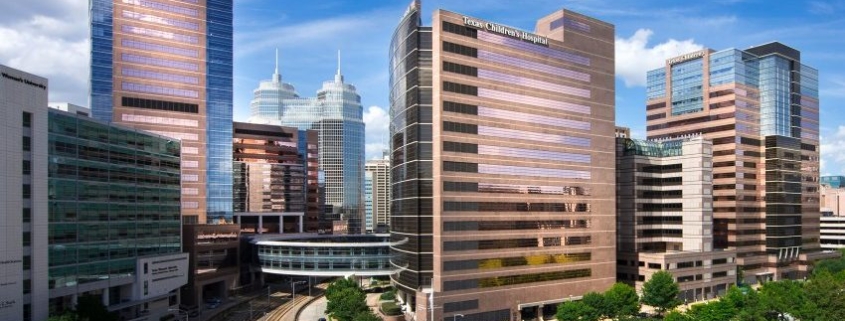Healthcare providers are continually seeking cost-effective ways to deliver care. As construction costs rise, some are choosing to repurpose facilities instead of building new ones.
One example of this is the Texas Children’s Hospital, located in the Texas Medical Center in Houston. The hospital is repurposing seven floors of its West Tower, a 20-story hospital building that went through initial construction in 1991 and had additional floors added in 2001.
The seven floors being redone were vacated when Texas Children’s Hospital relocated some services to its new Legacy Tower in 2018. Two of the floors were inpatient nursing units. In planning the backfill of the seven vacated floors, those two floors were proposed for additional nursing units to address inpatient needs, and repurposed into “new” nursing units. The refresh of those two particular floors allowed the hospital to upgrade technology, repair aged fixtures and materials, implement updated signage and artwork, refresh the look and feel of the unit, and focus on medical specialties in need of beds.
“What we’re finding is, we’re doing this repurposing at half the cost of what new would be,” said Texas Children’s Hospital Vice President of Facilities Planning & Development and Real Estate Services Jill Pearsall, who was one of the panelists at Bisnow’s National Healthcare South event Feb. 13. “The other five floors are being planned for a variety of other uses, some for direct reuse, while others will receive significant demolition and renovation.”
New construction is expensive, and that cost is often passed onto consumers. Transwestern Executive Vice President of Health Advisory Services Justin Brasell said that only some end users can afford a new building, as rents have to reflect the returns required by new owners to take on the risk of building a new project. Brasell said he has seen many older buildings being repurposed, often in less urban areas with more green space. Those buildings tended to have a less efficient build-out, and part of the repurposing involved utilizing space that might otherwise be wasted, such as large atriums.
The challenge of reducing operational costs and construction costs while providing high-quality medical care has been an ongoing trend in healthcare for years, but has reached a new level of intensity, according to Baylor Scott & White Chief Innovation Officer LaVone Arthur.
“When we talk about the reduction of cost, from a provider side, we are every day trying to squeeze out every penny we can from our cost,” Arthur said. “We are just now taking control of trying to manage the cost to our consumers.”
The panelists also discussed other trends in the market, including the decentralization of healthcare. More health systems are redirecting patients to facilities located in neighborhoods to treat lower-acuity cases. Pearsall noted that an urgent care in a community setting does not have to be the same quality as a hospital. She said it is important to manage both internal and consumer expectations of how much investment should go into certain facilities.
“We are really working to develop the right facilities, in the right location at the right cost,” Pearsall said.
The trend of decentralizing care has moved further away from traditional hospitals, with technology developing to allow patients to access care in their own home, through methods such as telemedicine.
“Every health system out there is actively pursuing virtual options, because it’s a lower-cost option, and it also is providing access,” Arthur said.
The technology and infrastructure demands in hospitals and healthcare spaces have also changed over time. Everybody wants emergency power, as well as extensive redundancies built into a system to improve reliability.
“The demand for low-voltage infrastructure in new buildings is also significant,” McCarthy Building Cos. Vice President Preston Hodges said. “Nearly every hospital in the Texas Medical Center, and across Texas, is building or developing something right now. Just about every institution has a large initiative either underway in design or underway in construction.”
As a result, the demand for high-quality contractors and subcontractors has become fierce, with healthcare providers competing for labor earlier than ever before.
“These clients are going to secure teams earlier and earlier,” Hodges said.
With empty land in the Texas Medical Center at a minimum, and needs constantly evolving, Hodges believes demand for backfill and renovations will only grow.
When it comes to new design and new concepts, Arthur said she is most concerned with flexibility and creativity. Arthur points to the examples set by nontraditional players in the healthcare field, like Amazon and Google, and how the industry was closely watching what those technology leaders were doing in an attempt to keep pace.
“Healthcare is changing very quickly, and I think we are on an unprecedented path,” Arthur said. “If you’re building a traditional hospital today, something’s wrong.”
Source: Bisnow






